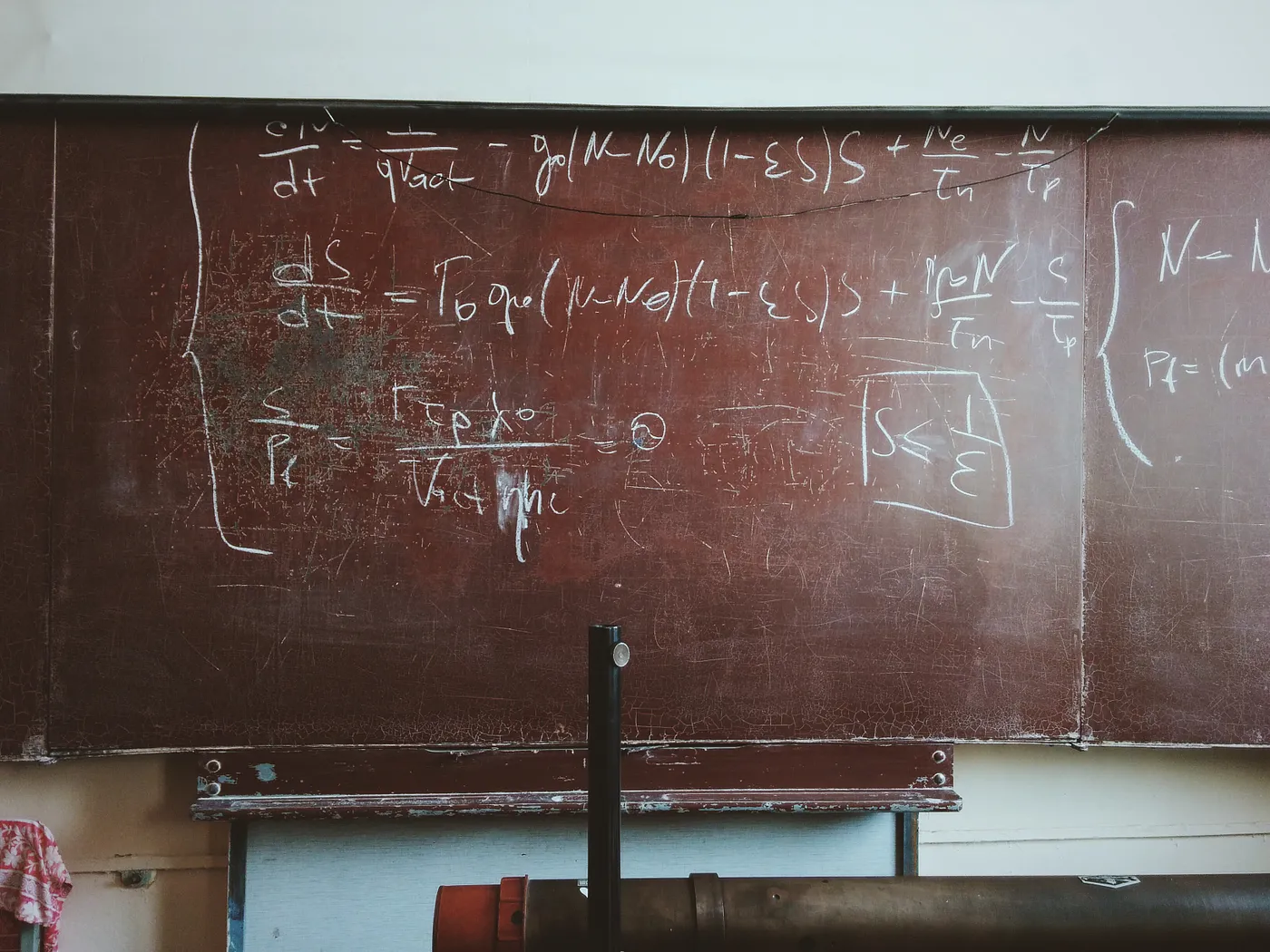Introduction to Theoretical Physicists
Wherever we see the word ‘science’ or ‘scientists’, we can’t resist thinking of sophisticated experiments, labs and machines. Ironically, a certain class of scientists called ‘theoretical physicists’ do not have labs or machnies. A laymen might wonder, ‘How can these people, then, do science without having to know about machines, wires and stuffs like that?’ As it turns out, these special class of scientists are the ones who have shaped the history of humanity and have accomplished many wonderful things that would have never been possible with our sophisticated machines and experiments alone.
 Photo by Roman Mager on Unsplash
Photo by Roman Mager on Unsplash
Thought Experiments in Theoretical Physics
The closest to experiments Theoretical Physicists do, are in their thoughts, also called ‘thought experiments’. These experiments are done in the mind purely by means of logic and critical analysis. Theoretical Physicists aren’t limited by logic so to say. They do also invent it whenever they need it to make sense of newer things or to make better sense of things already existing. This scheme of inventing logic mightn’t make sense, generally speaking. When theoretical physicists do it, they do it in accordance to a specific set of criteria as to what’s possible and what’s not. It turns out that they are familiar with some strange deeper framework at play.
Einstein’s 4-Dimensional Space-Time Fabric
To justify it with an example: Einstein invented the idea of a 4-dimensional space-time fabric and it was this idea that incorporated the Newtonian mechanics into a more deeper, general laws of the universe. Over time, this idea of 4-dimensional space-time fabric was tested by means of numerous experiments and further supplementary works were added around the theory which then established it on rigorous foundations.
Symmetry and the Nature of the Universe
The universe which might seem to be chaotic and disorderly and random does in fact follow certain laws so as to preserve certain deeper symmetries at play. Now why would the universe follow certain symmetries is a complete mystery and is more appropriately a Philosophy question similar to something like ‘Why is a flower beautiful?’
Science as a Rational Inquiry
Science is a rational inquiry into the nature of things. It is what we do to investigate the physical world in the most infalliable way possible. As a Theoretical Physicist, one hopes that the approximations of the Physical reality given by his scientific theory and the Physical reality in itself are close enough as possible. Nature manifests as physical reality, a scientific theory merely explains this manifestation. May be what we call an electron in the language of science has never been an electron. May be its proton. But that doesn’t matter. What matters is the law. If science says that an electron and an atom are like this and this and this and that. Well! that’s not very important. Because we are not yet decided who is who. But when science says that an electron does only orbit the nucleus in an atom and never found at the center of the atom, that’s very very important. It can be regarded as a natural law or a scientific theory so to say.
 Photo by Linus Mimietz on Unsplash
Photo by Linus Mimietz on Unsplash
Logic and Contradictions in Scientific Inquiry
It is very possible that what we identify now as an electron has never been an electron but a spaghetti monster but why would a spaghetti monster not be found at the center of an atom. It definitely would. But we know that a spaghetti monster is never found at the center of the atom so this is a contradiction. Then our assumption that it has to be a spaghetti monster has to be false. When we apply this logic to everything else in the universe, we always reach some contradiction. So our assumption has to be false. And it turns out that it can be only one thing in this universe that satisfies all those properties with no contradictions. And this is none but electron. This is how we apply the methodologies of science to differentiate between facts and folly.
Discovery of the Neutrino and Beta Decay
Speaking of an electron orbiting the nucleus in an atom, in the year 1930, Wolfgang Pauli proposed a beta decay mechanism in the atomic nuclei that could conserve energy and momentum. Enrico Fermi in 1934 proposed additional newer lighter particles called neutrino (in contract to heavier particles neutron) that would balance energy, momentum conservation in beta decay of the atomic nuclei. Thus, it was well understood that electrons aren’t only orbiting the nucleus in an atom but are also found inside the nucleus i.e electrons are also found inside the nucleus of an atom. Given the contradiction of the established law of ‘electron only orbiting the nucleus’, there were two possible routes for the physicists back then. Either acknowledge that electrons orbiting the nucleus in an atom was a folly or discover new, deeper laws that would make all the difference. Understanding of the deeper mechanism of beta decay of atomic nuclei and the susequent emission of neutrino/ anti-neutrino enabled Physicists to adopt the second route and explain every contradiction it faced.
Experiments in Theoretical Physics and Conclusions
We can’t run faster than horses just by thinking or by using our pure logic alone. To do so, we have to actually build something that can do it. This makes it clear about how important experiments can be. If your pure thought goes along with the experiments, it’s beautiful and if doesn’t, its meaningless. Theoretical Physicists are the class of scientists who might end up being the next Einstein or Feynman. They have a potential to introduce to humanity the unexplored and the unthought. But they can also very well be an average Joe out there about who nobody knows. There is just a very small difference.